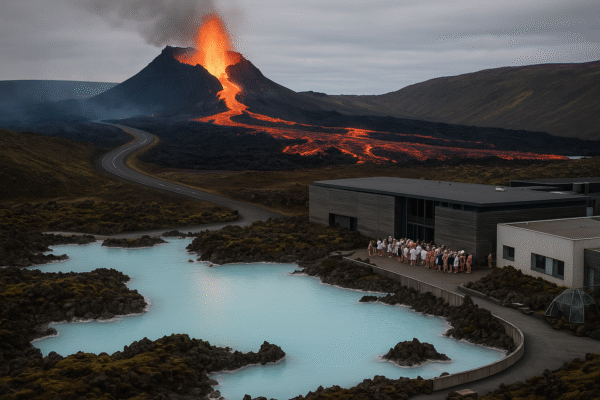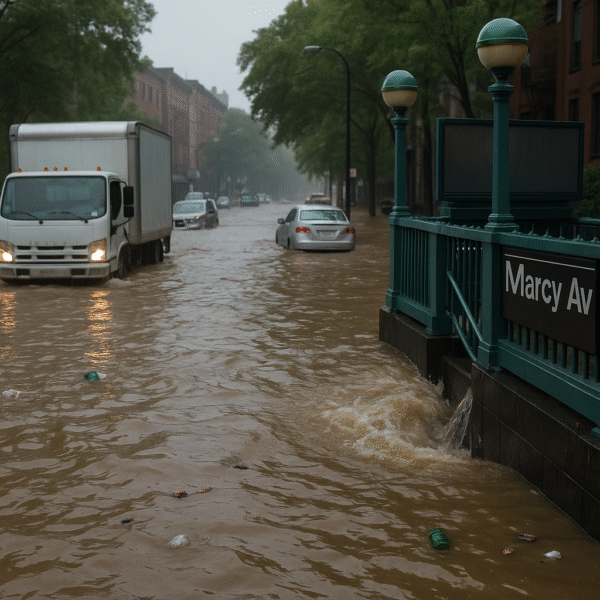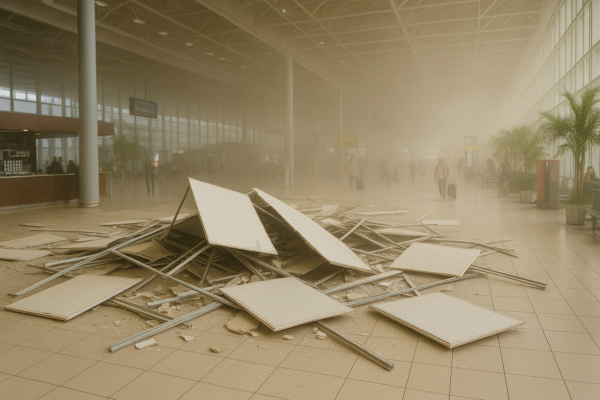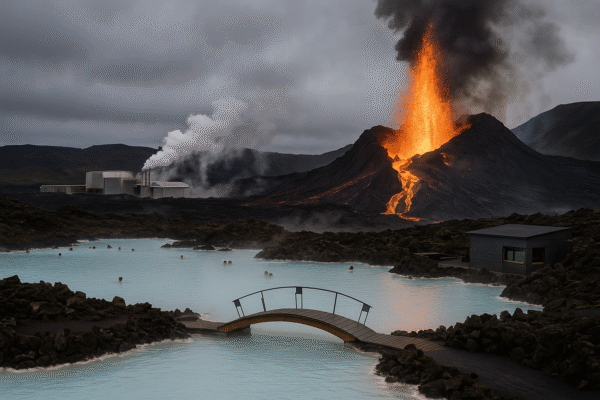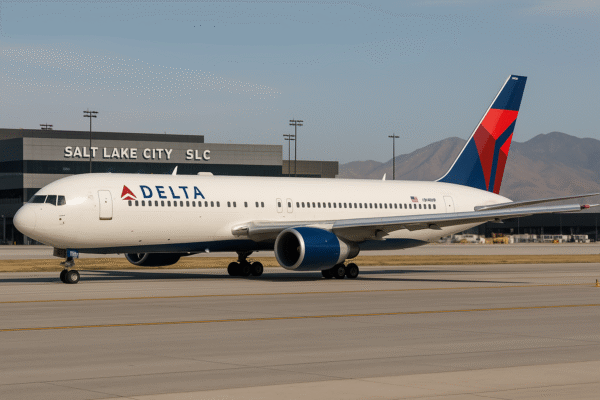The United States tourism industry has suffered another severe blow this week as historic flash floods swept across New York and New Jersey, killing two people and paralyzing vital transport links in one of the nation’s most visited regions. With major airports forced to cancel hundreds of flights, subways submerged, and roadways rendered impassable, the deluge delivered a staggering setback to the summer travel season and tourism-dependent businesses across the tri-state area.
The storm, which struck late Monday and continued into Tuesday, unleashed record rainfall across Manhattan and surrounding counties, prompting emergency declarations and large-scale search and rescue operations. The most tragic loss occurred in Plainfield, New Jersey, where two individuals drowned after their vehicle was engulfed by floodwaters. Governor Phil Murphy promptly declared a state of emergency, mobilizing state agencies to aid in rescue and recovery.
Central Park Records Near-Historic Rainfall
In Central Park, meteorologists recorded over 2 inches (5 centimeters) of rain in just one hour, the second-highest hourly total ever documented in the park’s history. New York City Mayor Eric Adams called the event a “climate wake-up call” and urged residents to stay indoors amid treacherous flooding conditions. “This is not just another storm—it’s a sign of the growing volatility our climate is facing,” Adams said.
NYC Mass Transit and Airport Travel Thrown Into Chaos
The Metropolitan Transportation Authority (MTA) suspended multiple subway lines as stations flooded and water cascaded down stairwells like waterfalls. Commuters reported being stranded in stations, and social media was flooded with footage showing ankle-to-waist-deep water inside transit hubs.
Above ground, key arteries including the FDR Drive, Cross Bronx Expressway, and Grand Central Parkway were severely affected. Abandoned and submerged vehicles dotted highways, while NJ Transit and Metro-North train services were suspended or rerouted due to track obstructions and electrical outages.
Air travel also ground to a halt. John F. Kennedy International Airport (JFK), LaGuardia (LGA), and Newark Liberty International Airport (EWR) collectively reported over 600 flight delays and 300 cancellations, with runways temporarily closed due to water accumulation and lightning threats. The Port Authority of New York and New Jersey advised travelers to check with airlines and avoid unnecessary airport travel due to terminal access issues from surrounding floods.
Widespread Regional Impact Beyond NYC
Flooding extended beyond city limits, hitting Westchester County and Rockland County particularly hard. In Nanuet, NY, over 5 inches (12.7 cm) of rainfall was recorded in less than 24 hours. Roads like the Bronx River Parkway and Hutchinson River Parkway were shut down, and local fire departments reported conducting dozens of water rescues.
Emergency Response Mobilized Across Tri-State
New York State’s Office of Emergency Management and FEMA coordinated to deploy high-water vehicles and rescue teams. In total, more than 150 rescues were carried out overnight across the metro area, with shelters opened for displaced residents in Bergen, Essex, and Hudson counties.
The National Weather Service extended flood warnings for much of New York, New Jersey, and Connecticut, cautioning that already saturated grounds could lead to secondary flash flooding if more storms pass through later in the week.
Tourism Sector Faces Economic Fallout
With the New York City metro region drawing over 60 million tourists annually, the latest natural disaster has dealt a heavy blow to hospitality and tourism-related businesses during one of the most critical periods of the year. Hotel occupancy rates dropped sharply as tourists canceled trips or were stranded in the city, while Broadway ticket sales and restaurant bookings saw an immediate decline.
The NYC & Company tourism board issued a statement urging patience, adding, “We are working closely with city agencies and hospitality partners to assist stranded visitors and ensure safety is prioritized as we recover.”
Climate Change and Infrastructure Under Scrutiny
Climate scientists reiterated that these intense rainfall events are increasingly linked to rising global temperatures. NOAA experts explain that warmer air holds more moisture, intensifying rainstorms. Urban environments like New York, with aging drainage systems and limited green space, are especially vulnerable to flash floods.
“The data is unequivocal,” said Dr. Sandra Liu of Columbia University’s Climate Institute. “What used to be considered a once-in-a-decade storm is becoming an annual event. Tourism infrastructure must evolve accordingly.”
Cleanup and Outlook
City crews are now racing to pump water from subway systems and clear debris-strewn roadways. The full extent of damage, including potential mold risks and infrastructure strain, won’t be known for days. Power has been restored to most areas, though some neighborhoods still face outages.
With more storms forecast this week, residents and travelers are urged to remain vigilant. The Red Cross is assisting evacuees while local officials recommend keeping emergency kits on hand and avoiding flooded roadways at all costs.
Conclusion
This latest flood disaster highlights the growing vulnerability of the U.S. tourism industry to climate-induced weather extremes. As thousands of travelers are stranded and millions of dollars in losses accumulate, both city planners and tourism operators face mounting pressure to build climate resilience into future infrastructure and travel planning.




